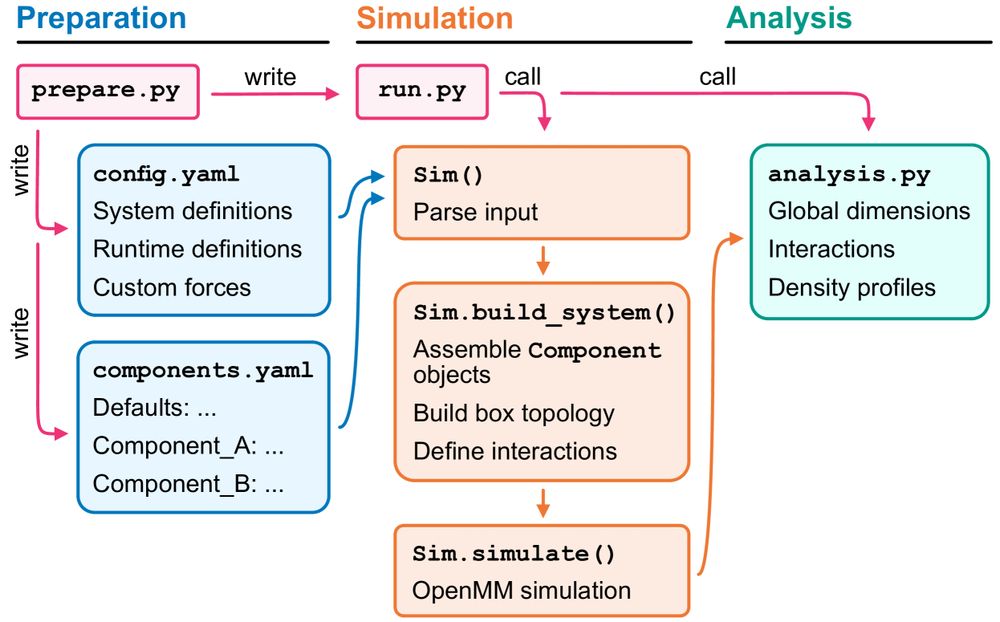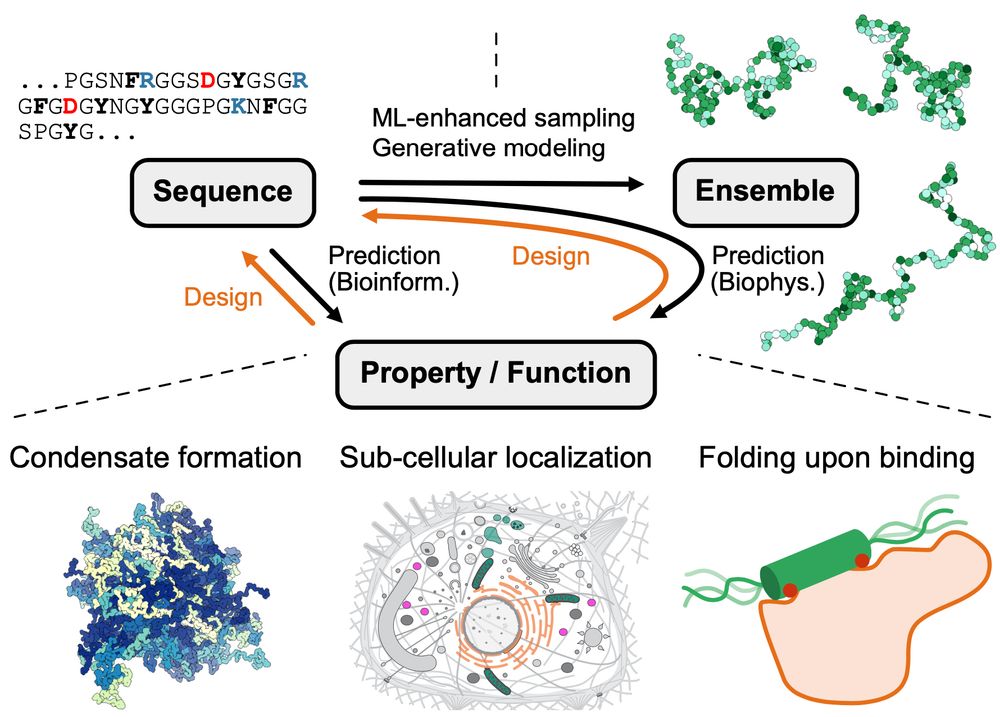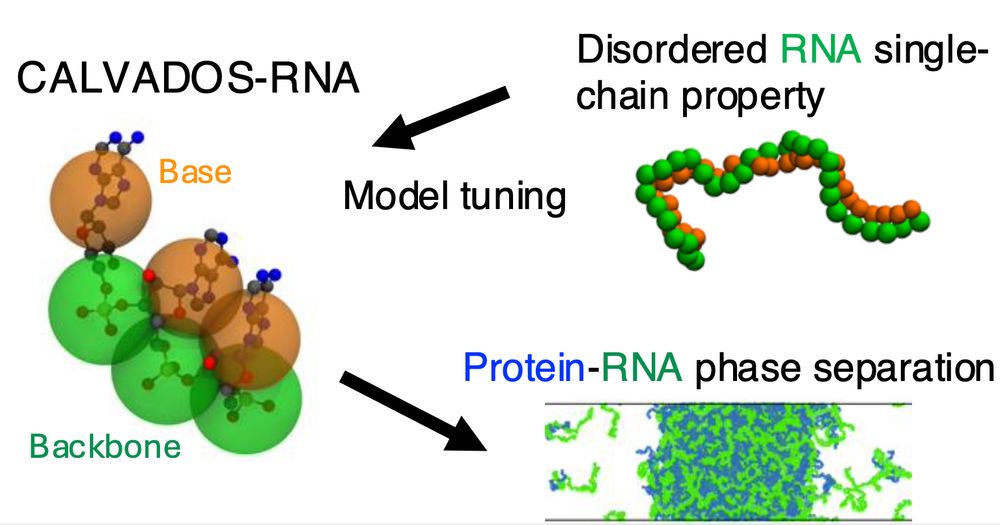Sören von Bülow
@sobuelow.bsky.social
420 followers
230 following
6 posts
Senior Researcher at Bind Research, London
Posts
Media
Videos
Starter Packs
Sören von Bülow
@sobuelow.bsky.social
· Sep 2
Sören von Bülow
@sobuelow.bsky.social
· Sep 2
Reposted by Sören von Bülow
Sören von Bülow
@sobuelow.bsky.social
· Jun 25
Sören von Bülow
@sobuelow.bsky.social
· May 23
Reposted by Sören von Bülow
Alex Holehouse
@alexholehouse.bsky.social
· May 23
Reposted by Sören von Bülow
Reposted by Sören von Bülow
Gräter lab
@graeterlab.bsky.social
· Apr 4

Max Planck Research Group Leader (W2) in Molecular Design
We are looking for exceptional early-career scientists conducting computational research with a proven record of accomplishment. The primary focus of this call is on candidates proposing research on b...
tinyurl.com
Reposted by Sören von Bülow
Sören von Bülow
@sobuelow.bsky.social
· Mar 25
Reposted by Sören von Bülow
Reposted by Sören von Bülow
Reposted by Sören von Bülow
Reposted by Sören von Bülow
Reposted by Sören von Bülow
Reposted by Sören von Bülow
Alex Holehouse
@alexholehouse.bsky.social
· Nov 10
Reposted by Sören von Bülow
Sören von Bülow
@sobuelow.bsky.social
· Nov 19
Reposted by Sören von Bülow
Reposted by Sören von Bülow











